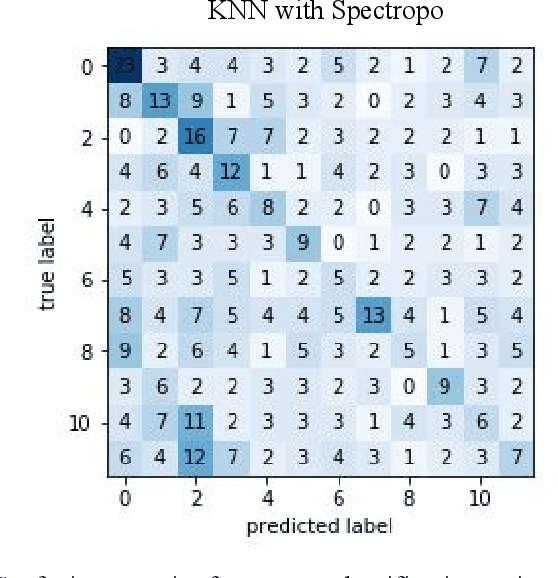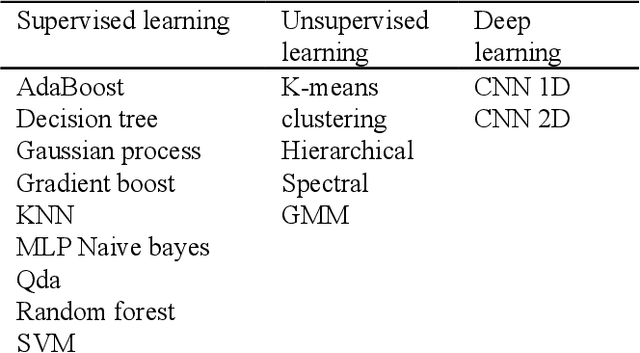Derek Lomas
When Discourse Stalls: Moving Past Five Semantic Stopsigns about Generative AI in Design Research
Mar 11, 2025Abstract:This essay examines how Generative AI (GenAI) is rapidly transforming design practices and how discourse often falls into over-simplified narratives that impede meaningful research and practical progress. We identify and deconstruct five prevalent "semantic stopsigns" -- reductive framings about GenAI in design that halt deeper inquiry and limit productive engagement. Reflecting upon two expert workshops at ACM conferences and semi-structured interviews with design practitioners, we analyze how these stopsigns manifest in research and practice. Our analysis develops mid-level knowledge that bridges theoretical discourse and practical implementation, helping designers and researchers interrogate common assumptions about GenAI in their own contexts. By recasting these stopsigns into more nuanced frameworks, we provide the design research community with practical approaches for thinking about and working with these emerging technologies.
Developing and Evaluating a Design Method for Positive Artificial Intelligence
Feb 02, 2024Abstract:As artificial intelligence (AI) continues advancing, ensuring positive societal impacts becomes critical, especially as AI systems become increasingly ubiquitous in various aspects of life. However, developing "AI for good" poses substantial challenges around aligning systems with complex human values. Presently, we lack mature methods for addressing these challenges. This article presents and evaluates the Positive AI design method aimed at addressing this gap. The method provides a human-centered process to translate wellbeing aspirations into concrete practices. First, we explain the method's four key steps: contextualizing, operationalizing, optimizing, and implementing wellbeing supported by continuous measurement for feedback cycles. We then present a multiple case study where novice designers applied the method, revealing strengths and weaknesses related to efficacy and usability. Next, an expert evaluation study assessed the quality of the resulting concepts, rating them moderately high for feasibility, desirability, and plausibility of achieving intended wellbeing benefits. Together, these studies provide preliminary validation of the method's ability to improve AI design, while surfacing areas needing refinement like developing support for complex steps. Proposed adaptations such as examples and evaluation heuristics could address weaknesses. Further research should examine sustained application over multiple projects. This human-centered approach shows promise for realizing the vision of 'AI for Wellbeing' that does not just avoid harm, but actively benefits humanity.
Positive AI: Key Challenges for Designing Wellbeing-aligned Artificial Intelligence
Apr 12, 2023Abstract:Artificial Intelligence (AI) is transforming the world as we know it, implying that it is up to the current generation to use the technology for ''good.'' We argue that making good use of AI constitutes aligning it with the wellbeing of conscious creatures. However, designing wellbeing-aligned AI systems is difficult. In this article, we investigate a total of twelve challenges that can be categorized as related to a lack of knowledge (how to contextualize, operationalize, optimize, and design AI for wellbeing), and lack of motivation (designing AI for wellbeing is seen as risky and unrewarding). Our discussion can be summarized into three key takeaways: 1) our understanding of the impact of systems on wellbeing should be advanced, 2) systems should be designed to promote and sustain wellbeing intentionally, and 3), above all, Positive AI starts with believing that we can change the world for the better and that it is profitable.
Classifying Songs with EEG
Oct 01, 2020


Abstract:This research study aims to use machine learning methods to characterize the EEG response to music. Specifically, we investigate how resonance in the EEG response correlates with individual aesthetic enjoyment. Inspired by the notion of musical processing as resonance, we hypothesize that the intensity of an aesthetic experience is based on the degree to which a participants EEG entrains to the perceptual input. To test this and other hypotheses, we have built an EEG dataset from 20 subjects listening to 12 two minute-long songs in random order. After preprocessing and feature construction, we used this dataset to train and test multiple machine learning models.
 Add to Chrome
Add to Chrome Add to Firefox
Add to Firefox Add to Edge
Add to Edge